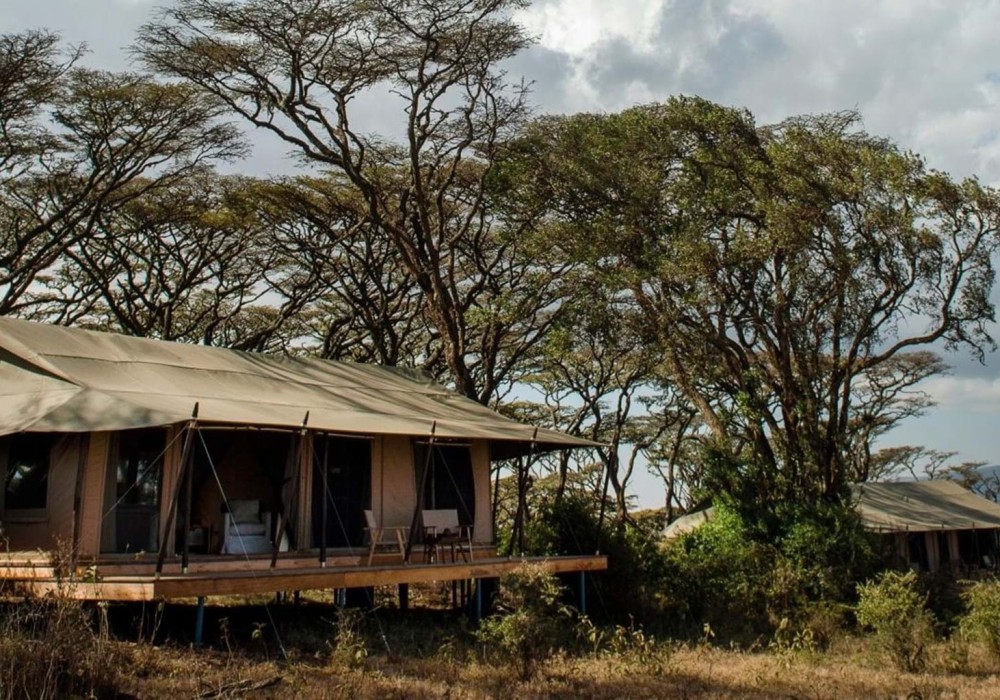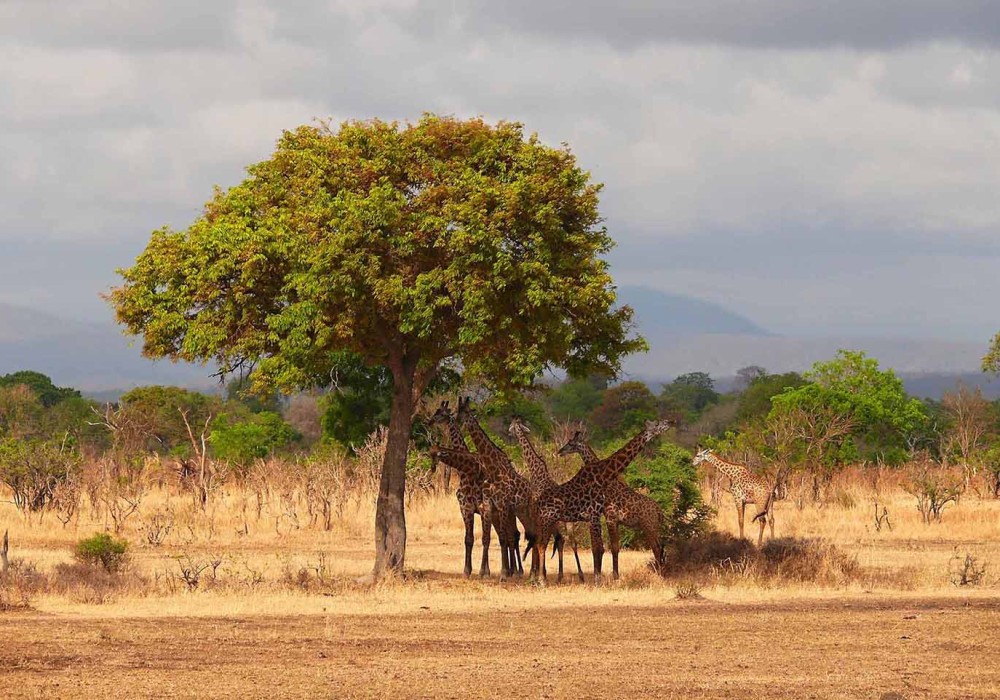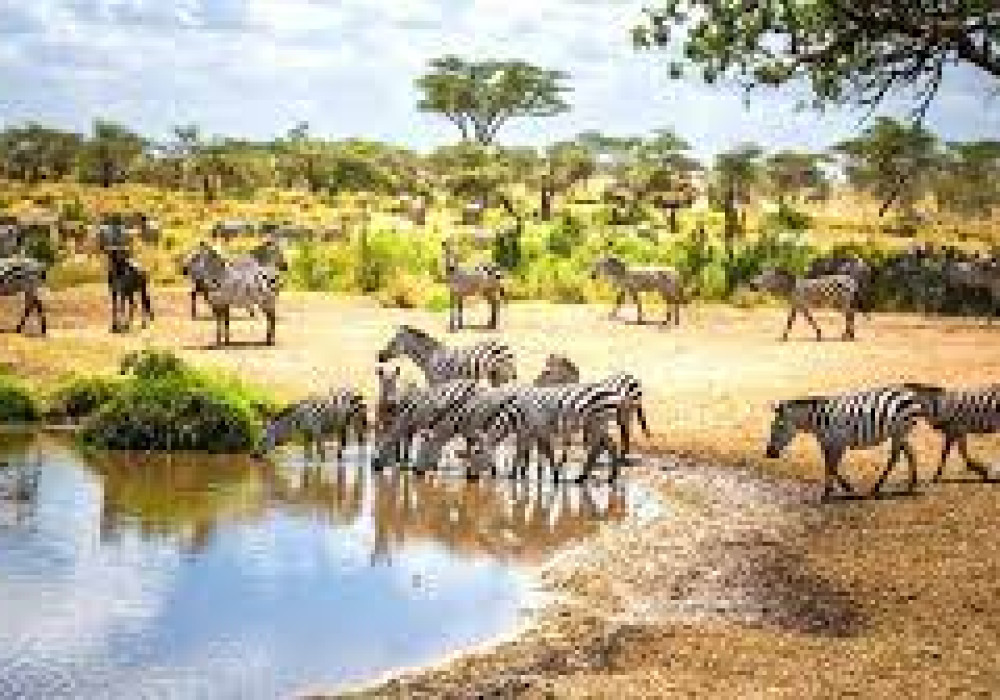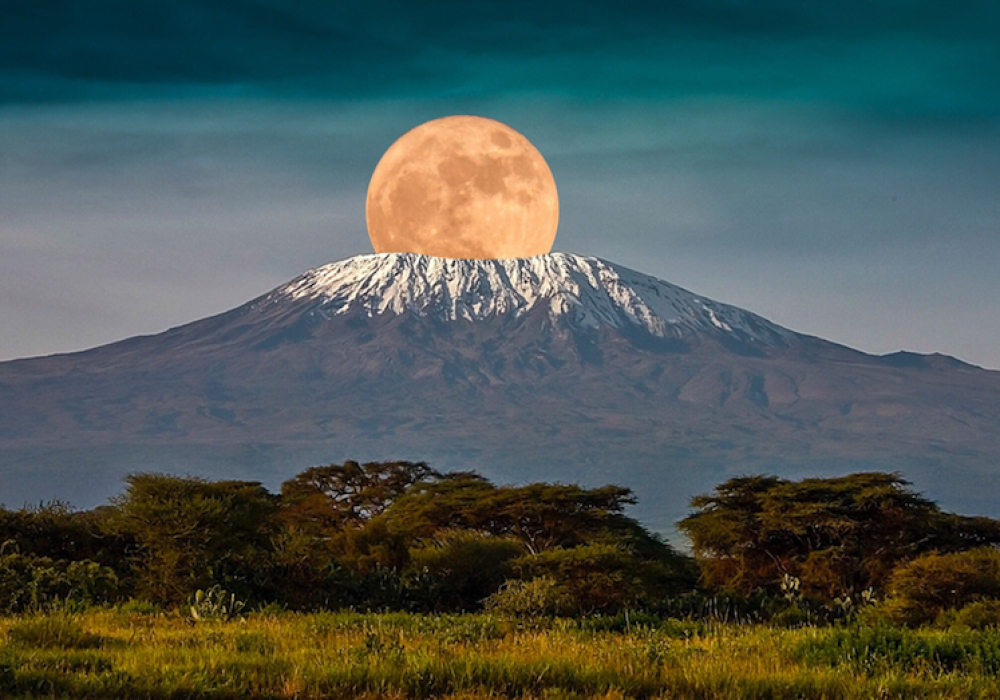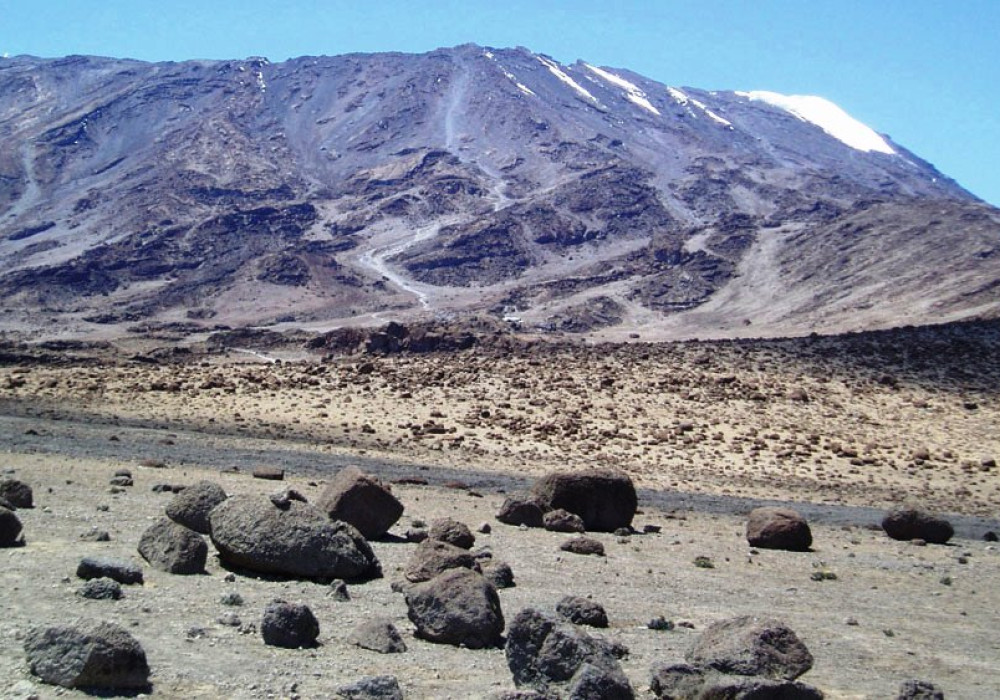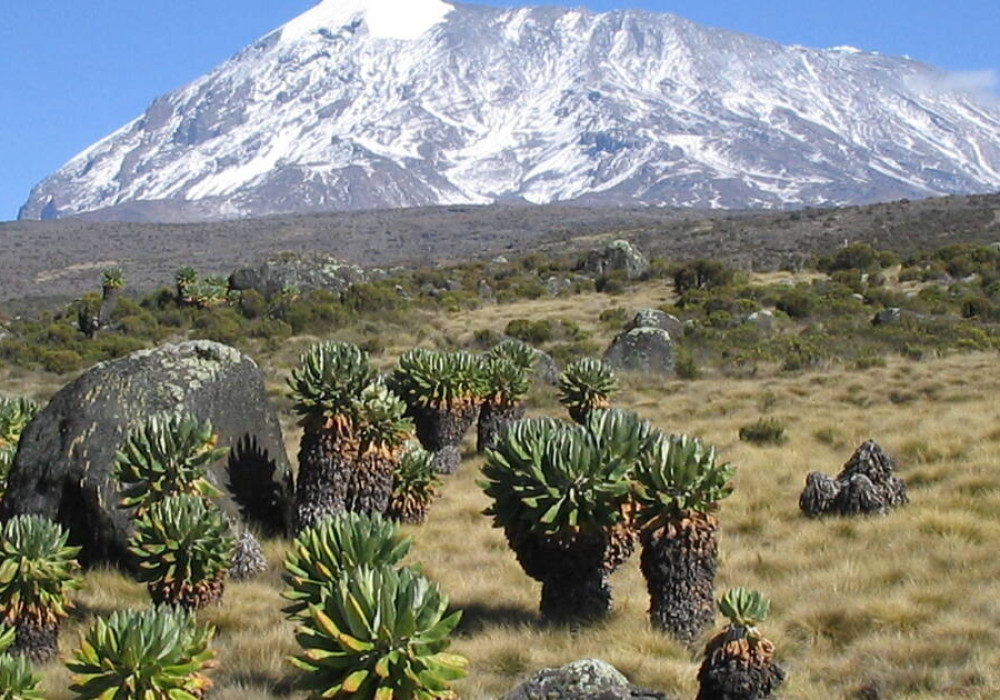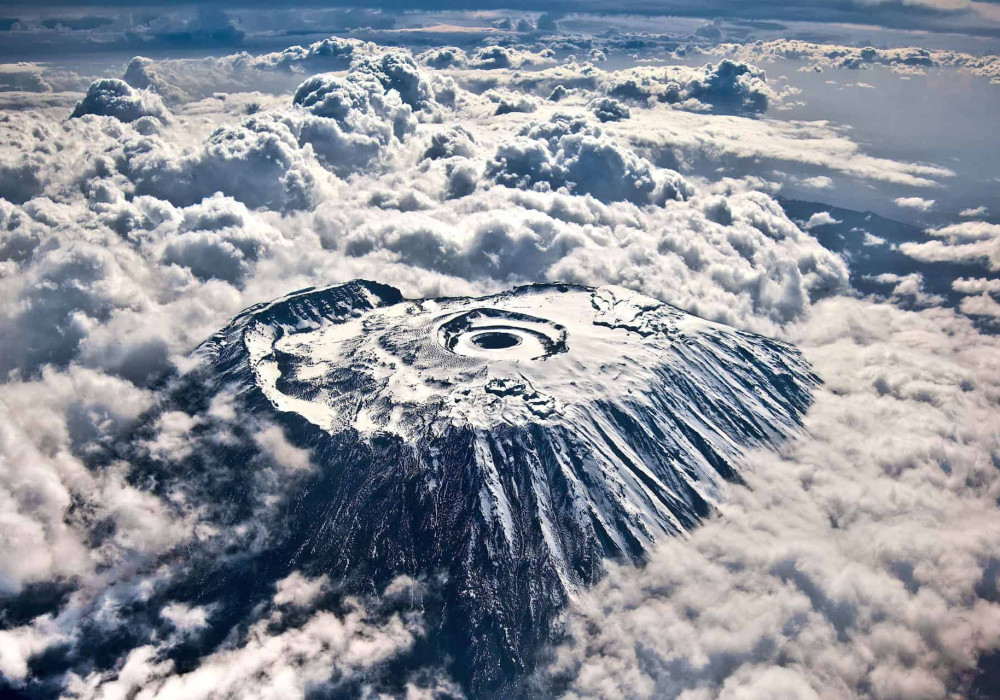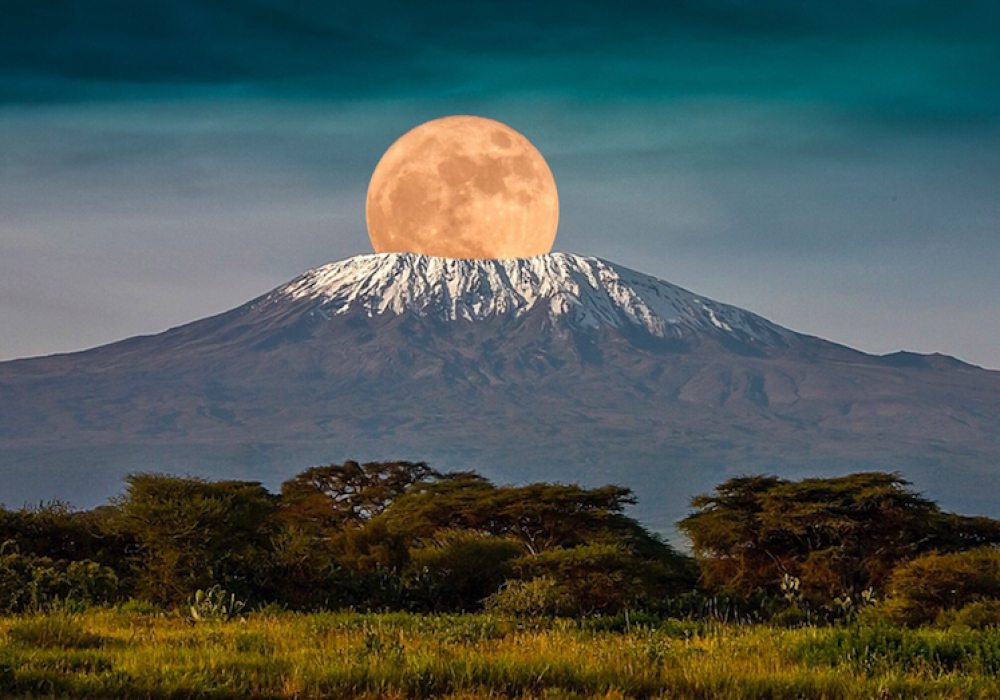Tanzania safaris
More about Tanzania
Tanzania and Zanzibar are popular destinations for safaris and offer a diverse range of experiences, from wildlife safaris on the mainland to pristine beaches and cultural exploration on the island of Zanzibar. Here's a brief overview:
Tanzania Mainland Safaris:
Serengeti National Park:
Famous for the annual Great Migration of wildebeests and zebras. There is abundant wildlife, including the "Big Five" (lion, elephant, buffalo, leopard, and rhinoceros).
Ngorongoro Conservation Area:
Home to the Ngorongoro Crater, a volcanic caldera with a high concentration of wildlife, it offers an opportunity to see the Big Five in a unique and stunning setting.
Tarangire National Park:
Known for its large herds of elephants and diverse birdlife, Baobab trees dot the landscape, creating a picturesque environment.
Lake Manyara National Park:
It is famous for its tree-climbing lions and diverse ecosystems. Birdwatchers will find a variety of bird species.
Mount Kilimanjaro:
Africa's highest peak offers trekking and climbing experiences. Various routes cater to different levels of expertise.
Zanzibar:
Stone Town:
- The historic center of Zanzibar City has narrow streets, vibrant markets, and historic architecture.
- Visit the House of Wonders, the Old Fort, and the spice markets.
- Spice Plantations:
Zanzibar is known as the "Spice Island," and you can take guided tours of spice plantations to learn about the cultivation of spices like cloves, vanilla, and cinnamon.
- Nungwi and Kendwa Beaches:
- Pristine white-sand beaches with clear turquoise waters
Water activities include snorkeling, diving, and traditional dhow boat trips.
- Jozani Chwaka Bay National Park:
- Home to the rare red colobus monkeys.
- Offers walking trails through the lush forest.
- Prison Island (Changuu Island):
- Famous for its giant Aldabra tortoises
- Snorkeling and sunbathing opportunities
When planning a safari in Tanzania and Zanzibar, it's recommended to work with reputable tour operators who can customize itineraries based on your preferences and ensure a memorable and safe experience. Additionally, consider the best time to visit based on your interests, as wildlife migration patterns and weather conditions can vary.
FAQ About Safari
Tanzania is home to a wide array of wildlife. On safaris, you have the opportunity to spot the Big Five (elephant, lion, buffalo, leopard, and rhinoceros), as well as other animals such as giraffes, zebras, wildebeests, cheetahs, hippos, crocodiles, and various antelope species. The Serengeti is renowned for its annual wildebeest migration, considered one of the most impressive wildlife spectacles in the world.
Yes, both safaris in Tanzania and beach activities in Zanzibar can be enjoyable for families. There are family-friendly lodges and resorts that cater to the needs of children, and safari guides are experienced in providing educational and engaging experiences for young visitors. Zanzibar's beaches offer safe swimming areas and various water activities suitable for all ages.
Absolutely! Many visitors choose to combine a safari in Tanzania with a beach vacation in Zanzibar. After an exciting wildlife adventure, you can relax and unwind on the pristine beaches of Zanzibar, indulge in water sports, explore the historic Stone Town, and enjoy the rich cultural heritage of the island.
Tanzania is renowned for its national parks, offering diverse wildlife and stunning landscapes. Some popular parks for safaris include Serengeti National Park, Ngorongoro Conservation Area, Tarangire National Park, Lake Manyara National Park, Selous Game Reserve, and Ruaha National Park. Each park offers unique experiences and wildlife encounters.
The best time for a safari in Tanzania and Zanzibar depends on the specific parks and activities you plan to engage in. Generally, the dry season from June to October is popular for wildlife viewing in Tanzania, while the months of December to February offer pleasant weather and are suitable for beach activities in Zanzibar. However, it's important to note that Tanzania and Zanzibar have year-round safari and beach options, so it's best to consult with your tour operator based on your preferences.
Yes, most visitors to Tanzania and Zanzibar require a visa. The type of visa and the application process may vary based on your nationality and the duration of your stay. It's recommended to check with the Tanzanian embassies or consulates in your country or consult with a travel agent to ensure you have the necessary visa documentation before your trip.

